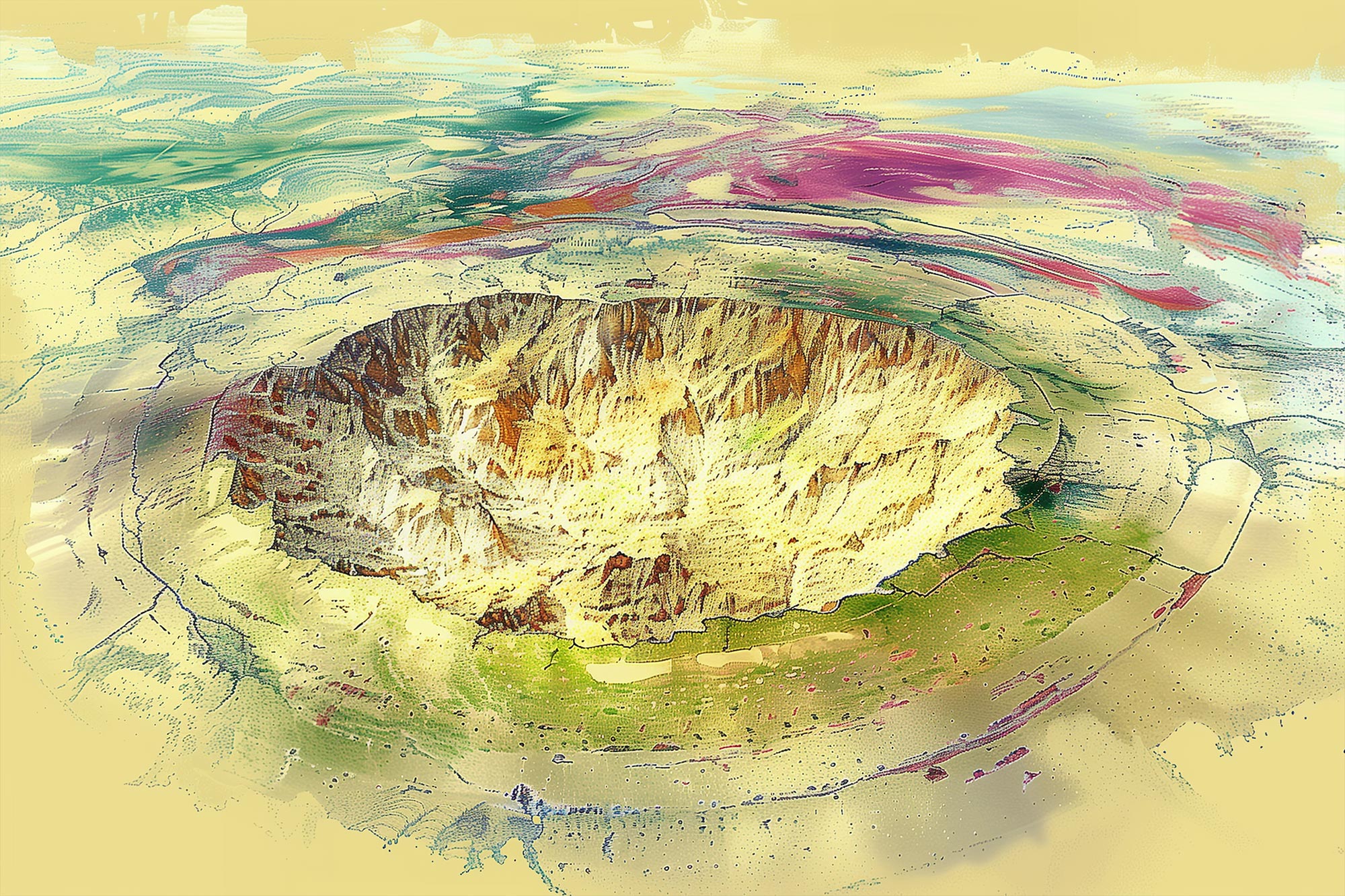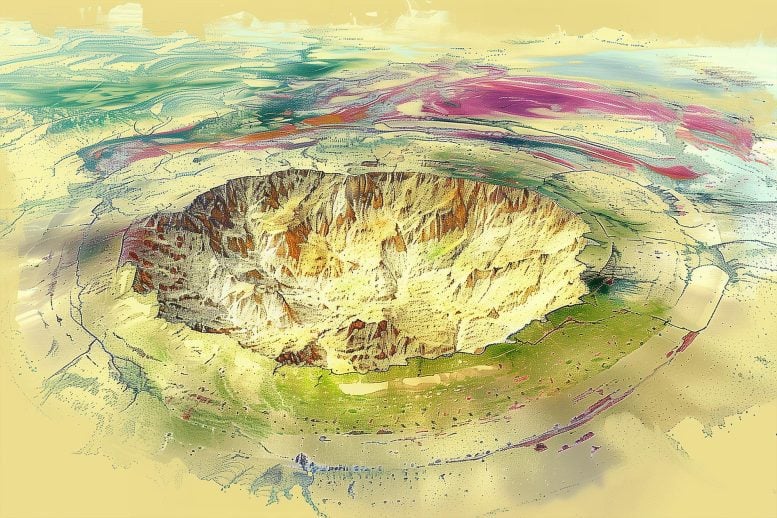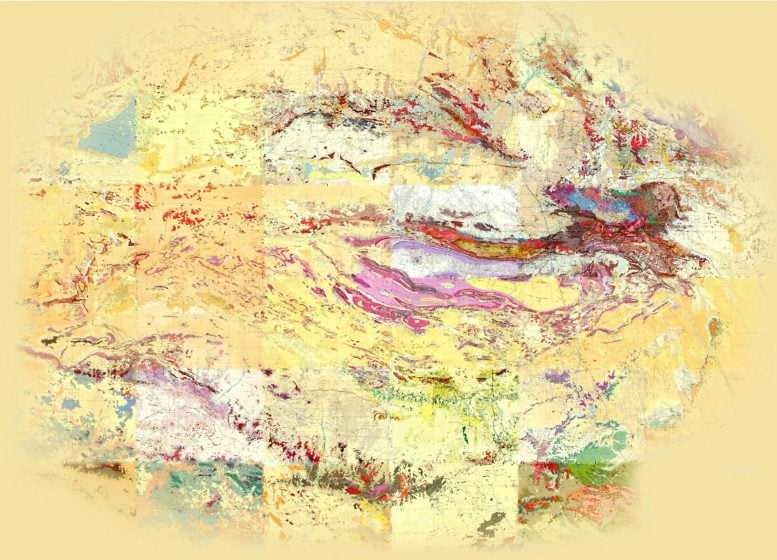

Research team is delving into history, exploring events that occurred hundreds of millions of years ago.
A potential crater over 370 miles (600 kilometers) wide in central Australia may transform our knowledge of Earth’s geological past.
Researcher Daniel Connelly and Virginia Commonwealth University’s Arif Sikder, Ph.D., believe they have found evidence to support the existence of MAPCIS – the Massive Australian Precambrian-Cambrian Impact Structure – which is a nonconcentric complex crater that could provide new insights into the geological and biological evolution of our planet.
“Working on the MAPCIS project has been an incredible journey,” said Sikder, an associate professor in the Center for Environmental Studies, a unit of VCU Life Sciences. “The data we’ve gathered offers a unique glimpse into the forces that have shaped our planet, and I’m excited about the future research this discovery will inspire.”

This September, Connelly will make a presentation in Anaheim, California, at Connects 2024, the Geological Society of America’s annual meeting. In August, he presented at the 37th International Geological Congress 2024 in Busan, South Korea. According to researchers, the impact occurred at the end of the Ediacaran period, within the Neoproterozoic Era, which spans from 1 billion to 538.8 million years ago.
Geological Evidence of the Impact
Among the geological evidence they have uncovered to support the age, size, and location of the impact are massive deposits of pseudotachylite breccia, or melt rock, near the crater center. The researchers found shocked minerals, including lonsdaleite, or shocked diamond, in the deposits, along with impact level amounts of iridium.
“The discovery of MAPCIS is a testament to the power of collaborative research,” Connelly said. “Our findings not only highlight the significance of this impact structure but also open new avenues for understanding Earth’s geological past.”
Meeting: Connects 2024